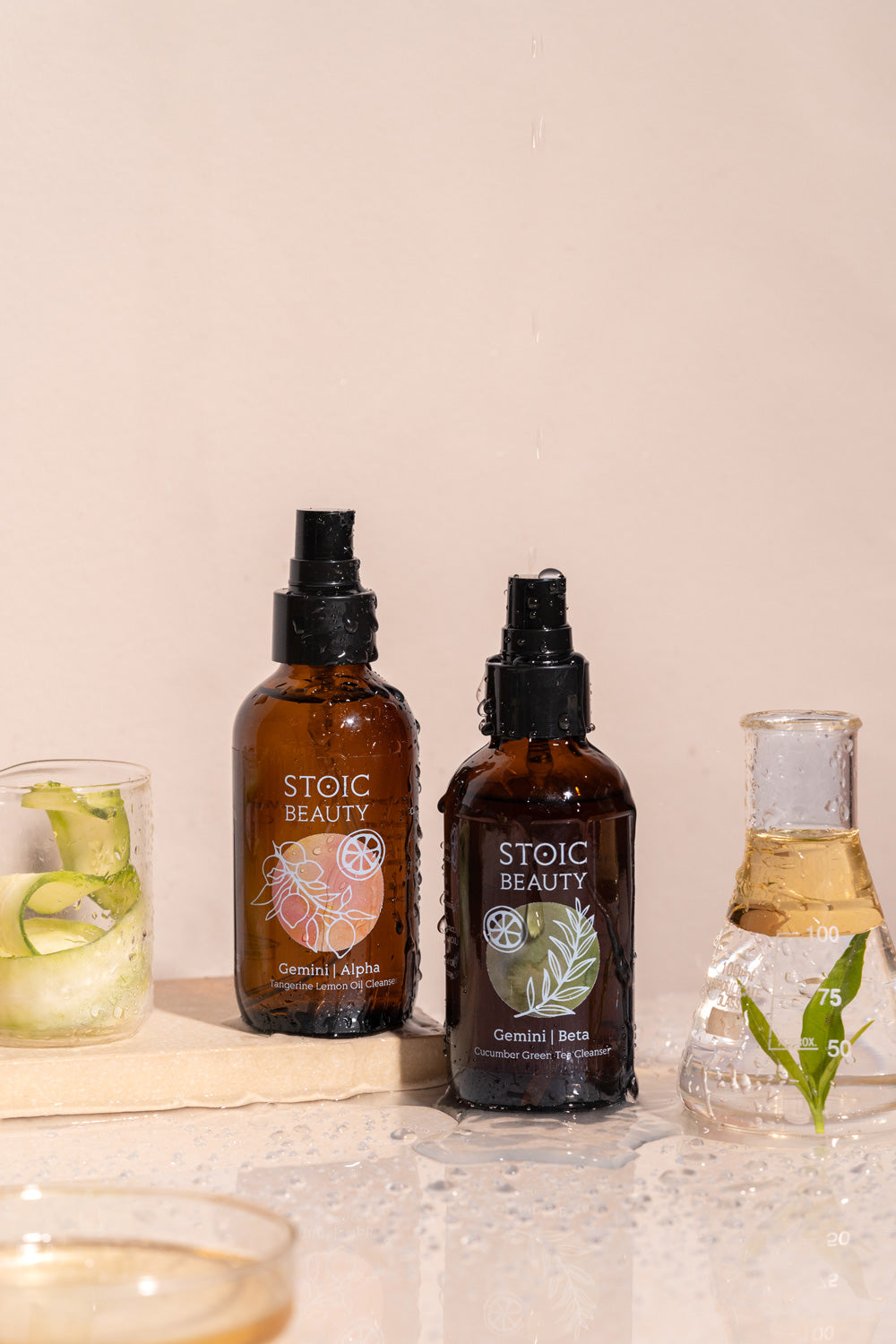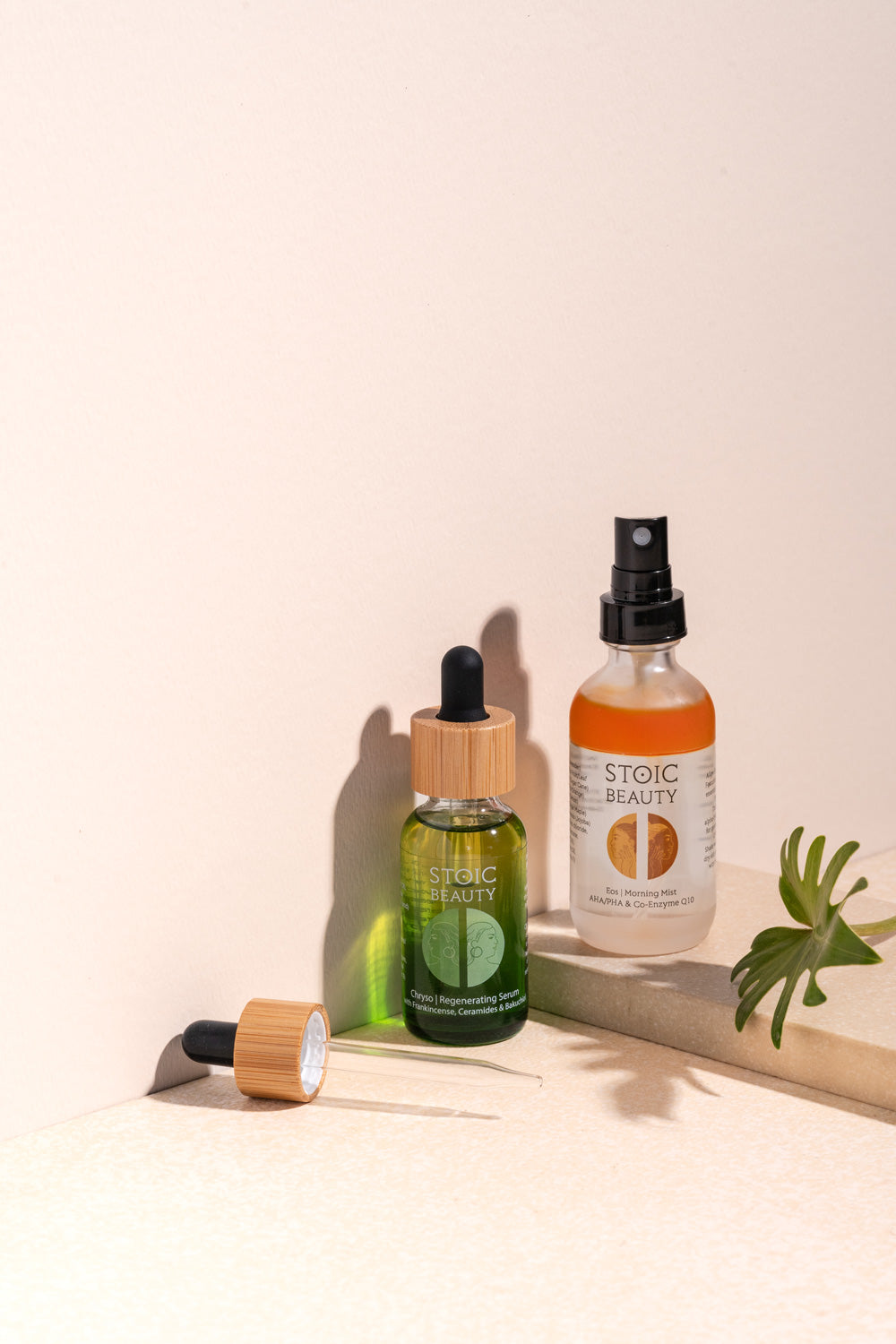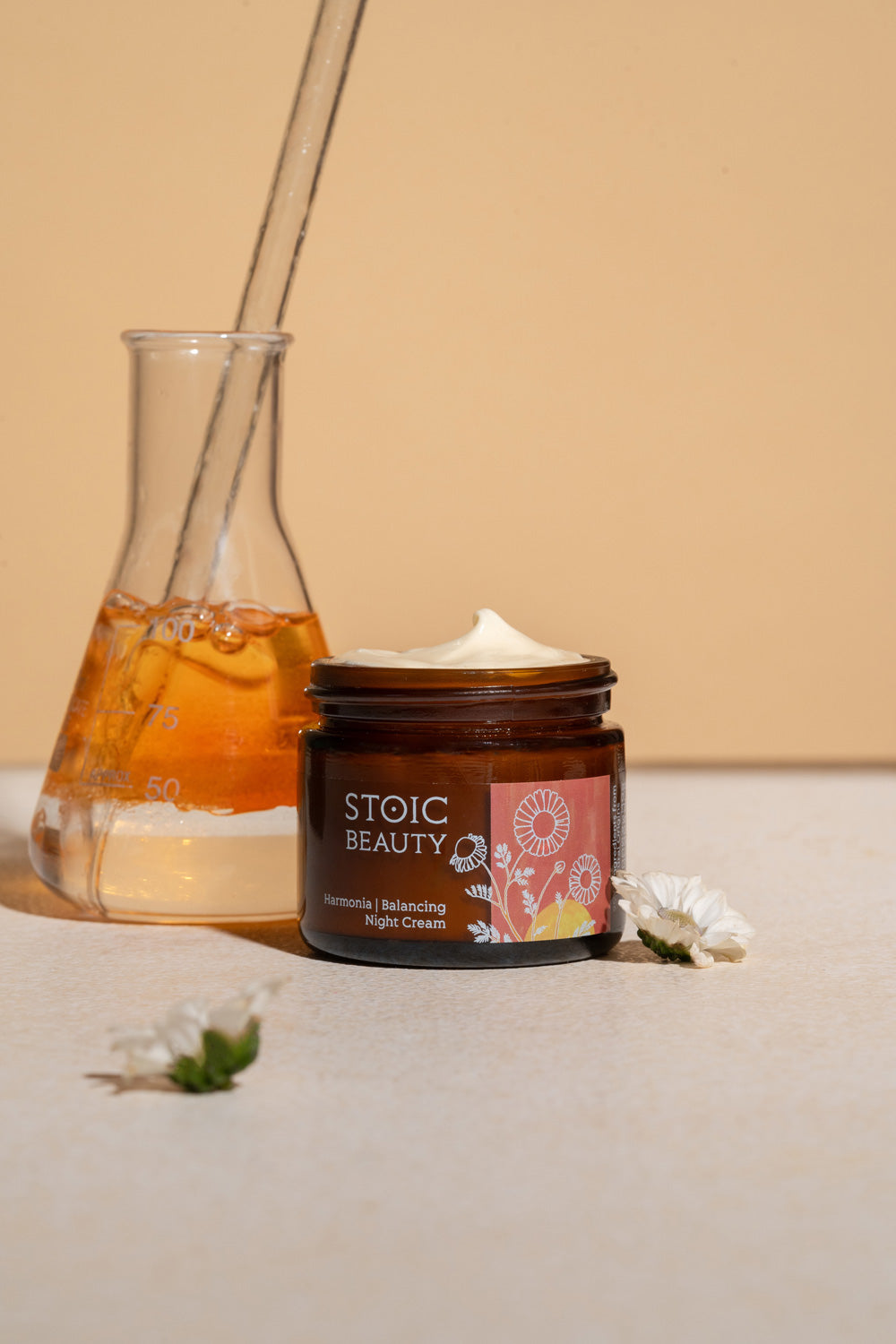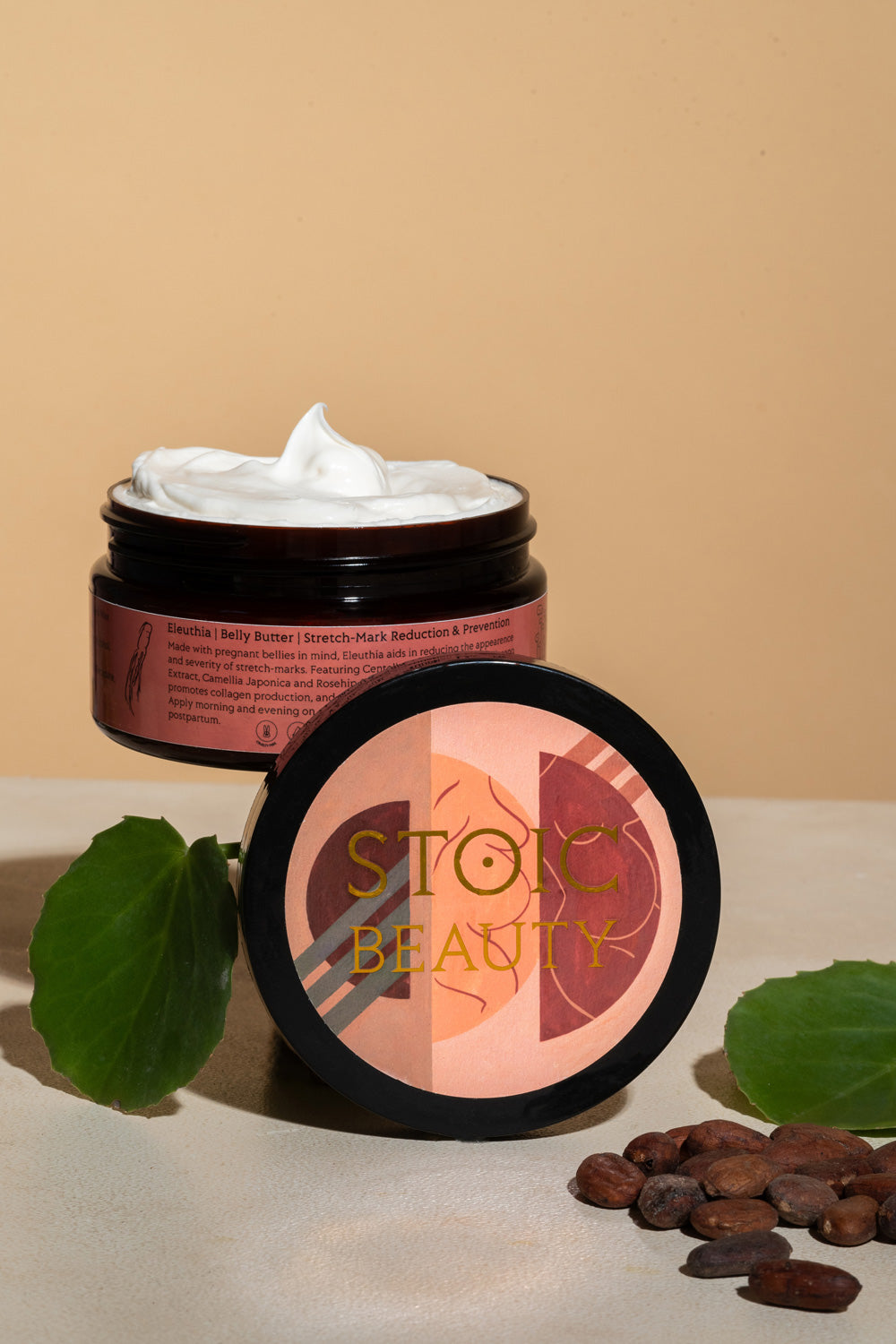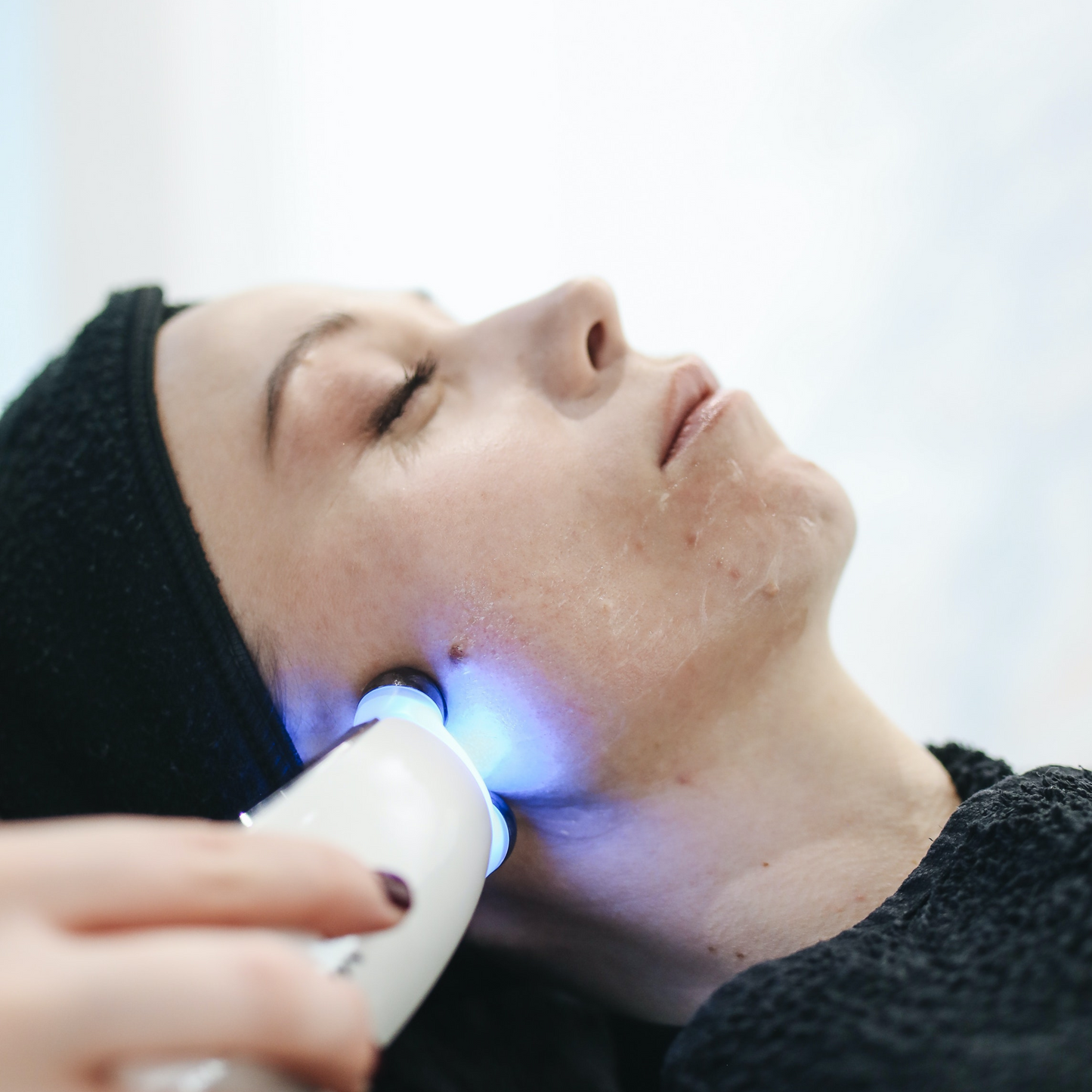
Rosacea is a chronic skin condition characterized by redness, flushing, visible blood vessels, and sometimes even acne-like bumps. While there is no cure for rosacea, several treatment options are available to manage its symptoms and improve the overall appearance of the skin. Among these treatments, laser therapy has gained significant popularity due to its effectiveness in targeting specific areas and minimizing redness. In this blog post, we will explore the various laser treatment options for rosacea, shedding light on their benefits, considerations, and potential outcomes.
Various Clinical Treatments for Rosacea
1. Intense Pulsed Light (IPL) Therapy:
Intense Pulsed Light therapy, commonly known as IPL, is a non-invasive treatment option for rosacea. It utilizes high-intensity light pulses to target the redness and visible blood vessels associated with the condition. The intense light is absorbed by the hemoglobin in the blood vessels, causing them to coagulate and gradually fade away. IPL therapy can effectively reduce redness and improve the overall complexion, providing long-term results with minimal downtime.
2. Pulsed Dye Laser (PDL) Treatment:
Pulsed Dye Laser treatment is another popular option for managing rosacea symptoms. This laser emits yellow light that is selectively absorbed by the blood vessels in the skin. By delivering precise bursts of light energy, PDL therapy can constrict the blood vessels responsible for redness and minimize their appearance. PDL treatment is generally well-tolerated, and patients often notice a significant reduction in redness after a series of sessions. However, it is essential to consult with a dermatologist to determine the suitability of PDL therapy for individual cases.
3. Fractionated Laser Therapy:
Fractionated laser therapy involves the use of lasers that deliver tiny beams of light in a fractionated pattern to the skin. This technique promotes the regeneration of collagen and helps improve skin texture and tone. Fractionated lasers can also be used to address the redness and visible blood vessels associated with rosacea. The treatment is typically conducted in multiple sessions, allowing for controlled healing and minimizing the risk of complications. Fractionated laser therapy offers the advantage of stimulating overall skin rejuvenation while addressing specific rosacea symptoms.
4. Nd:YAG Laser Treatment:
Nd:YAG laser treatment is commonly employed to target the visible blood vessels seen in rosacea. This laser emits light at a longer wavelength, allowing it to penetrate deeper into the skin and selectively heat the targeted blood vessels. The heat causes coagulation, leading to the eventual fading of the blood vessels. Nd:YAG laser treatment is considered safe for various skin types, and it is often combined with other laser therapies to maximize results.
Considerations and Expectations:
While laser treatment options offer promising results for rosacea, it is crucial to set realistic expectations and consider certain factors. The effectiveness of laser therapy can vary from person to person, depending on the severity of the condition and individual skin characteristics. Multiple sessions are usually required to achieve optimal results. Additionally, some individuals may experience temporary redness, swelling, or mild discomfort after the procedure. Consulting with a qualified dermatologist is essential to determine the most suitable laser treatment option and establish an appropriate treatment plan.
How Stoic Beauty can help with Laser Recovery:
After laser treatment for rosacea, it is often recommended to use topical creams as part of a comprehensive skincare routine. But not all creams are created equal! Here are few things to be mindful of when choosing the best cream for post-laser care of rosacea.
1. Moisturizers: Laser treatments can temporarily disrupt the skin's barrier function and cause dryness or sensitivity. Using a gentle, fragrance-free moisturizer can help restore and maintain the skin's hydration levels, improving its overall texture and minimizing potential irritation. Look for moisturizers with ingredients such as niacinamide, allantoin, n-acetyl glucosamine which are known for their hydrating and soothing properties. Also look for anti-oxidant rich oils such as argan or seabuckthorn.
2. Sunscreen: Protecting the skin from the sun's harmful UV rays is crucial after laser treatment. The skin may be more sensitive to sunlight, and prolonged sun exposure can exacerbate rosacea symptoms. Choose a broad-spectrum sunscreen with an SPF of 30 or higher and apply it generously to all exposed areas of the skin, regardless of the weather. Look for sunscreens specifically formulated for sensitive skin to minimize the risk of irritation.
3. Anti-inflammatory creams: Topical creams containing anti-inflammatory ingredients may be recommended to help reduce redness and inflammation associated with rosacea. These creams can help calm the skin and provide ongoing management of rosacea symptoms. At Stoic Beauty we cannot speak more highly of the botanical extract Golden Chamomile for its anti-inflammatory properties. If you prefer a richer oil texture, Tamanu oil is great for wound healing and soothing, and can be found in our Apathea Oil Serum.
4. Prescription medications: In some cases, dermatologists may prescribe topical medications, such as metronidazole or ivermectin, to be used after laser treatment for rosacea. These medications can help control the underlying inflammation and manage the condition over the long term. It is important to follow the dermatologist's instructions regarding the application and frequency of use for these prescribed creams. In most cases, pairing your prescription medication with a high-quality natural anti-inflammatory cream is an excellent way to maximize skincare benefits.
5. Avoid irritants: It is advisable to avoid harsh skincare products that contain fragrances, alcohol*, or other potential irritants after laser treatment. These can further sensitize the skin and potentially worsen rosacea symptoms. Opt for gentle, non-comedogenic products that are specifically formulated for sensitive skin. Look for products that are hypoallergenic, and dermatologist tested.
* Note that not all ingredients labelled ‘alcohol’ are indeed harmful for the skin.
Final Thoughts?
Laser treatment options provide individuals with rosacea a viable means to manage their symptoms and enhance the appearance of their skin. Whether it be IPL therapy, PDL treatment, fractionated laser therapy, or Nd:YAG laser treatment, each option offers unique benefits in addressing the specific concerns associated with rosacea. By working closely with a dermatologist, individuals can develop a personalized treatment plan to achieve optimal results and enjoy the newfound confidence that comes with clearer, healthier-looking skin.
Not yet ready for laser treatment? Harmonia balancing night cream and Apathea Redness Reducing face oil can be great first steps to see if your rosacea can be managed through gentle topical creams and lifestyle changes.

